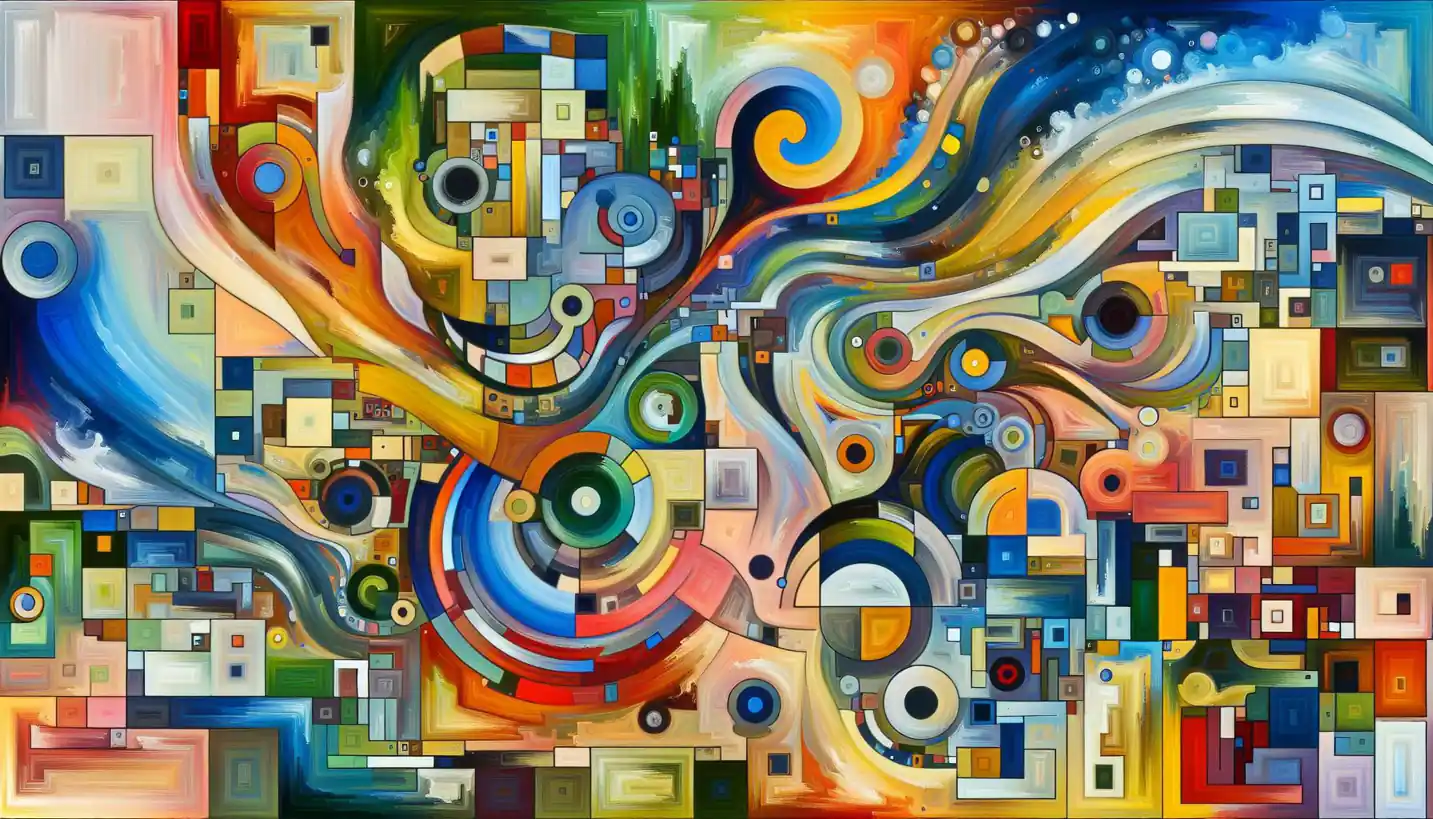· Art · 4 min read
Spectatorship: The Heartbeat of Performance Art
Spectatorship plays a crucial role in performance art, capturing the attention and imagination of the audience. Learn how viewers shape the experience and meaning of the art.

When we dive into the world of performance art, one concept stands out as both simple and profound: spectatorship. This word might sound fancy, but it boils down to something we all know well — the act of watching. But in the world of performance art, being a spectator is much more than just looking on. It’s about experiencing, interacting, and sometimes even becoming part of the art itself.
Performance art is unique because it breaks down the barriers between the artist and the audience. Imagine you’re at a play or a concert. Usually, there’s a clear division — the performers are on stage, and you’re sitting comfortably in your seat. But in performance art, this boundary can blur. The audience isn’t just watching; they’re often invited to become participants in the piece. This interaction can completely change the dynamic of the performance, and it’s what makes the role of the spectator so crucial.
Think of performance art like a dance between the artist and the audience. The artist might start with a certain intention, but the way the audience reacts can shift and shape the performance. A silent, contemplative audience creates one atmosphere, while a loud, engaged crowd can lead to a completely different outcome. This exchange is dynamic, creating a living, breathing artwork that’s different every time.
This interactive nature of performance art stems back to the movements of the 1960s and 1970s, which were all about challenging traditional art forms. During this time, artists began to explore the boundaries of art and life, seeking to create experiences that involved the audience directly. It was a rebellion against the status quo, and it led to some pretty wild and unexpected art.
Let’s talk about an example. Remember Marina Abramović? She’s a powerhouse in the world of performance art. Her piece “The Artist is Present” involved her sitting silently across from a chair that spectators could fill. It was simple in concept, but it created deeply personal and emotional reactions from those who participated. As participants sat across from her, the simple act of looking into each other’s eyes transformed the experience into something intense and unique for each person.
The engagement of the audience doesn’t always have to be deep or emotional, though. It can be fun, shocking, or even confusing. The important part is that it evokes a response, leaving both the artist and the spectator changed in some way. This transformation is the magic of spectatorship.
But let’s pull back a bit, and ask — why does this matter? What’s the big deal about engaging an audience in this way? Performance art gives us a chance to challenge our perspectives and think about our role in the art and the world. By involving people directly, performance art can explore complex topics like identity, society, and even politics in a way that feels personal and real.
Additionally, spectatorship in performance art offers a reflection of human behaviors and interactions. It allows us to see ourselves and our responses in a new light. How do we react when put in unfamiliar situations? What does it mean to be an observer versus a participant? These questions might not have definitive answers, but they provoke thought and discussion, which is exactly what art aims to do.
Some performance art pieces take this a step further, using technology to engage audiences differently. Imagine a performance that uses virtual reality to immerse you in an entirely different world, or interactive installations that respond to your movements. These innovations keep pushing the envelope, ensuring that spectatorship remains a vital and evolving part of performance art.
In practice, the role of the spectator can vary greatly depending on the intent of the artist and the nature of the piece. Some performances demand active participation, while others invite quiet observation. Regardless, each interaction is vital to the performance’s success and to the depth of experience it offers.
In conclusion, spectatorship in performance art is more than just a supporting role. It’s an integral part of the performance itself, turning the audience into an active participant and co-creator of the art. It challenges people, sparks curiosity, and opens up new worlds of experience.
The importance of spectatorship lies in its ability to transform a mere observation into an immersive experience that resonates differently with every audience member. So next time you find yourself at a performance art piece, remember — you’re not just there to watch. You’re a crucial part of the art, too. And who knows? You might walk away seeing the world in a new light.


